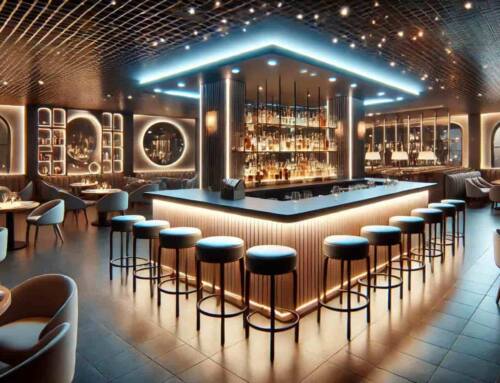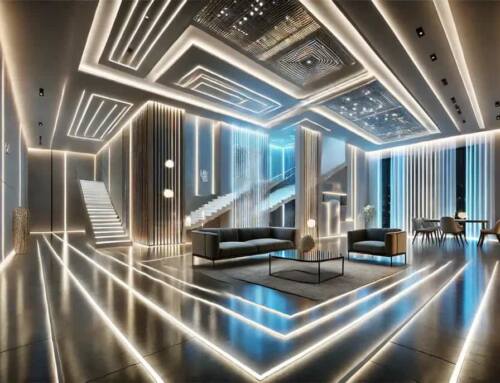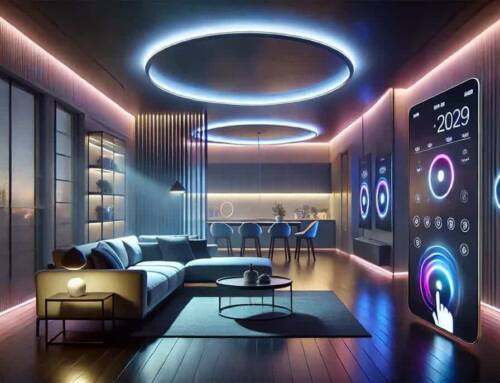DMX Signal Benefits for LED Installations
You can control your LED lighting installation with either DMX or RF (radio frequency controllers. There are a number of benefits in choosing to use DMX over RF controllers with your. It basically comes down to how much flexibility and control you want to have over the settings. For example if you have a lot of different sections across your installation you would have to use multiple RF controllers rather than a single DMX unit.
DMX controllers give you the most control and flexibility. You can create an infinite number of settings and you are able to sync everything up as you please. RF controllers on the other hand come with fixed pre-sets and you can’t change them. Let’s go over the differences in a little more detail.
DMX Control
DMX is a lighting control protocol which is the standard protocol for most of the stage and production lighting today. DMX allows you to customize and infinitely change and modify your lighting sequences as well to have independent control between sections. DMX can be generated with an analog or digital DMX console, or for ultimate versatility and flexibility with a USB to DMX interface and software.
The LED controller, or driver transforms DMX signal into simple voltage which the strips understand and allow the strips to be control via DMX. You can create your own presets which can run on their own, and be changed any time. If you want full control over your LED lighting then the answer is easy, chose DMX control for your installation.
RF Control
Radio Frequency controllers (RF controllers) come with a pre-programmed list of effects and are controlled with a small wireless remote. These controllers allow you to change the speed of the rotation of the effects. They include static colors and include a pre-set number of effects using fades, and other similar effects.
RF controllers control your set-up as a whole unless you have individual RF controllers, which can become tricky to keep track of. This is fine if you’re not looking for ultimate or custom control of your lighting. RF controllers are great for things like under cabinet lighting applications where you don’t need or want to change the lighting effects or customize them.
Summary
If you just have a simple set-up and don’t really need the full versatility of a DMX signal protocol, then RF control will probably suit you just fine. But if you have a lot of different fixtures and LED strips across your venue hall, then odds are that more than likely you will be choosing DMX signal for your installation.
Both have their advantages and disadvantages and the choice is yours. In a nutshell, if you want to have a fully programmable and versatile set-up then chose DMX signal over RF control.
Shop:












Leave A Comment
You must be logged in to post a comment.